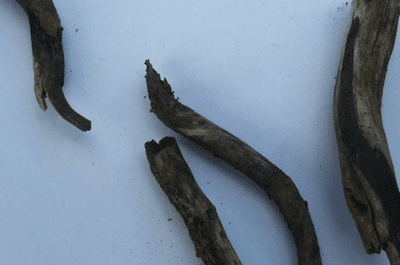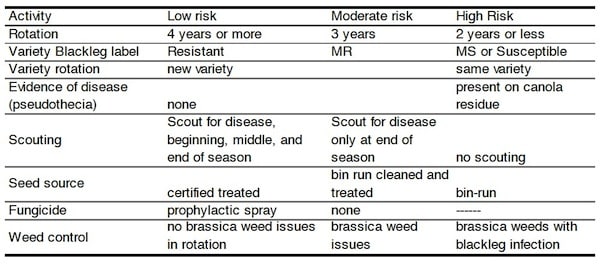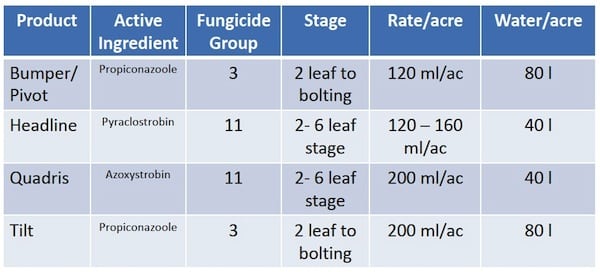
More growers have noticed canola yield loss due to disease, and see the benefit in a disease management plan. CCC agronomy specialist Clint Jurke made a presentation at FarmTech on disease management in canola.
Blackleg levels seem to be increasing, likely due to tighter rotations and moist conditions. Blackleg races are also shifting, adapting to the resistance genes present in many varieties.
Keys to blackleg management:
1. Assess your risk (See the table below.) Avoid planting canola in high risk situation.
2. Add diversity to farming operation.
—Rotate crops. Two years out of canola helps immensely. One year is often not enough, especially if virulent blackleg is present at yield-reducing levels.
—Rotate varieties. Even if all varieties have an R rating, the overall package of resistance can be different variety to variety, and its true practical resistance depends on the blackleg races in a particular field.
—Rotate fungicides. Four are registered for blackleg, but only two groups: Groups 3 and 11. (See the table below.)
3. Make strategic variety selections when data is available. Australia already categorizes canola varieties based on specific blackleg resistance genes. The Canola Council of Canada is working together with industry and growers to develop a variety rotation scheme that is appropriate for Canada.
4. Learn to ID blackleg. Pre-harvest is the best time to scout.
Fungicide expectations. Blackleg fungicides are best applied at the 2-4 leaf stage, before infection occurs. Spraying after early-season symptoms are observed can provide some protection. Early infection is the most costly because it has enough time to grow through the plant and severely infect the stem. Fields where blackleg infection has been observed in the past few years will be at the highest risk. If in a tight rotation, a protective fungicide application at the 2-4 leaf stage may be worthwhile. However, even with a spray, the field can still exhibit blackleg. To test efficacy, leave test strips and compare blackleg levels between treated and untreated sections of the field.


